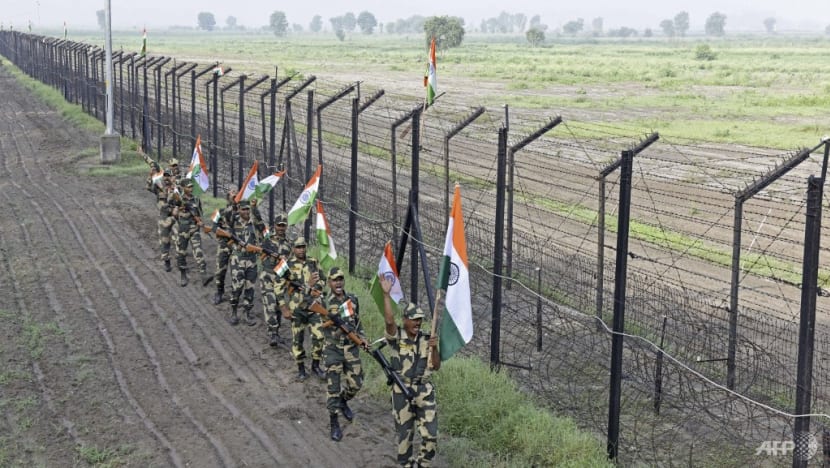
AMRITSAR, PUNJAB: Every now and then – but not too often – it is worth floating an idea that hardly anyone agrees with, if only to keep the discourse fresh.
In that spirit, consider my latest entry to this category: The status quo between India and Pakistan is temporary. The world should start thinking about a future in which the two nations have a fundamentally different relationship.
Full reunification, of course, is difficult to imagine. But there are many possible options that fall short of that: A loose confederation, a NAFTA-like trade structure, a military alliance, even a broader regional reconfiguration under which each nation loses some territory but the remaining parts move closer together.
I have discussed these and related ideas with many well-informed Indians and Pakistanis, and the response has been very … unenthusiastic.
They offer numerous and valid rejoinders. There are rising religious tensions in India, they say. Many Indians, most of all in south India, do not feel any special historical connection with Pakistan. The two countries cannot even resolve the Jammu and Kashmir dispute. Pakistan is too close to China. India’s ruling party does too well under the status quo. Trade and travel between the two countries is getting more restricted, not less. The border is one of the world’s most militarised.
As I said, all valid points. What about arguments on the other side? They are mostly longer-term.
GREATER HARMONY
First, it is worth noting that major changes in borders – whether through conquest, secession or unification – are the historical norm. In this respect, the post-colonial era is an anomaly. One view is that this era of relative stability will continue. Another is that it will prove temporary, and frequent border changes will become common once again – just as the border between Russia and Ukraine is being contested again.
If this second view is correct, India and Pakistan are hardly such longstanding, well-defined nations that they are natural candidates to stay exactly as they are. Both their borders and their political arrangements can quickly change.
Second, the overseas communities of both Indians and Pakistanis are growing, with significant presences in North America, Europe and the Gulf states. These communities process the India-Pakistan relationship in their own way, and many of them come from backgrounds in which Indians and Pakistanis are good friends and more generally get on well. It is possible that these communities will become more influential in India and Pakistan, as will their tendency to promote greater harmony.
A third factor is viability of the nation-state of Pakistan. The country, founded in 1947, recently applied for its 23rd bailout from the International Monetary Fund, and is on the verge of another financial crisis. The current account deficit is skyrocketing, and the currency is plummeting. At what point is it fair to say that current arrangements are simply not working? India’s GDP per capita continues to pull away from Pakistan’s.
In any sane world, India and Pakistan ought to be super-close economic partners. Yet their current bilateral trade is only US$514 million, and it is not easy to travel between the two countries. It is not crazy to think that something fundamental has to give, even if it is decades away.
POSSIBILITIES FOR INDIA-PAKISTAN RELATIONSHIP
Finally, at least some parts of Pakistan are remarkably like some parts of India, most notably the state from which I write this: Punjab, which was divided by partition and a version of which exists in each country. These two Punjabs are similar in terms of religion, cuisine, culture, history and, for lack of a better word, vibe.
How many times in history have such similar places ended up back together again? In the 1970s, Irish reunification seemed absolutely impossible. Yet today Sinn Fein has won a national election in Northern Ireland and reunification is actively debated – and may even be likely over the next few decades.
The geopolitics of South Asia are different, but they could still result in closer ties between India and Pakistan. China could threaten both countries, driving them toward a cooperative relationship. Or both Pakistan and India could devolve much greater autonomy to their constituent political units, and those units could then forge new cooperative relationships.
These scenarios do not have to sound entirely plausible. But it is worth taking some chances every once in a while to overcome recency bias — the view that the way things are now is the way they have to be. And once you realise that the future can in many ways be a radical break from the present, the possibilities for the India-Pakistan relationship start to look very different.
